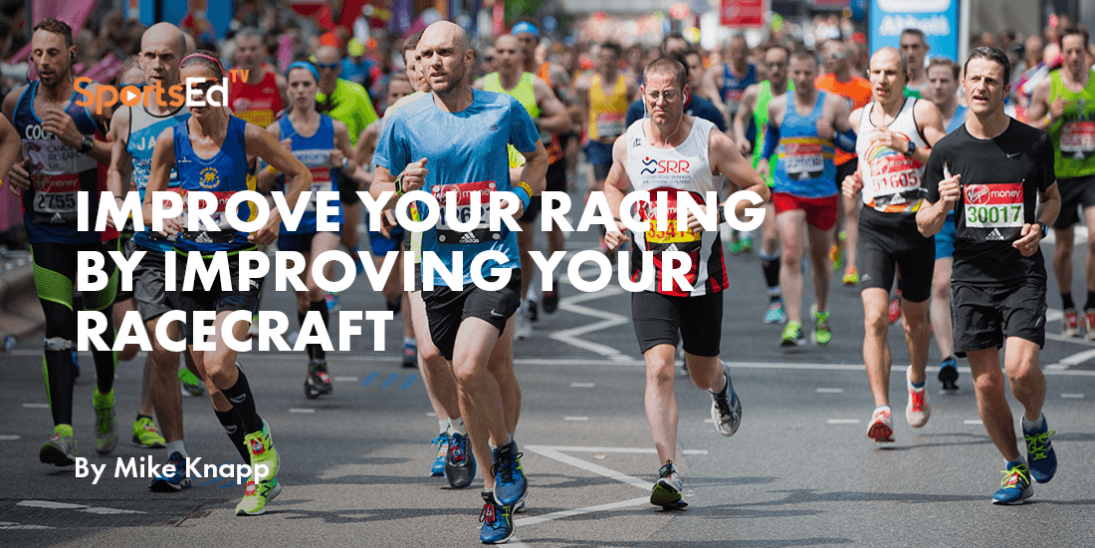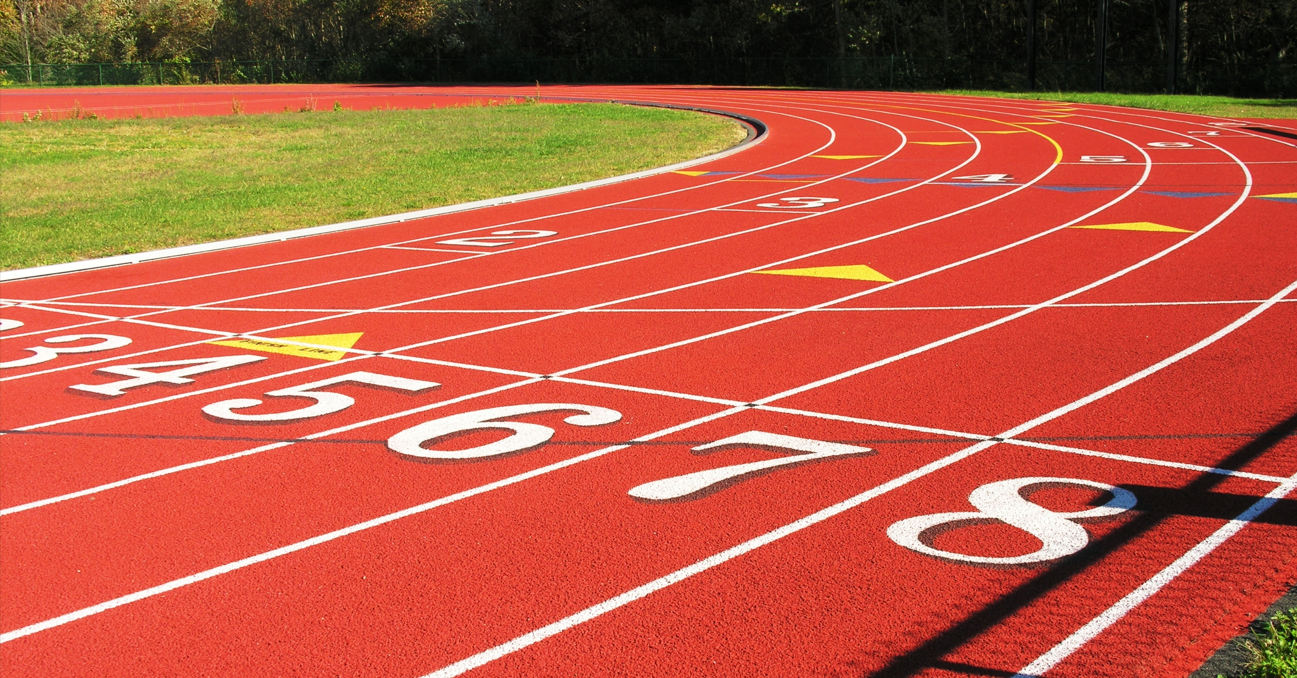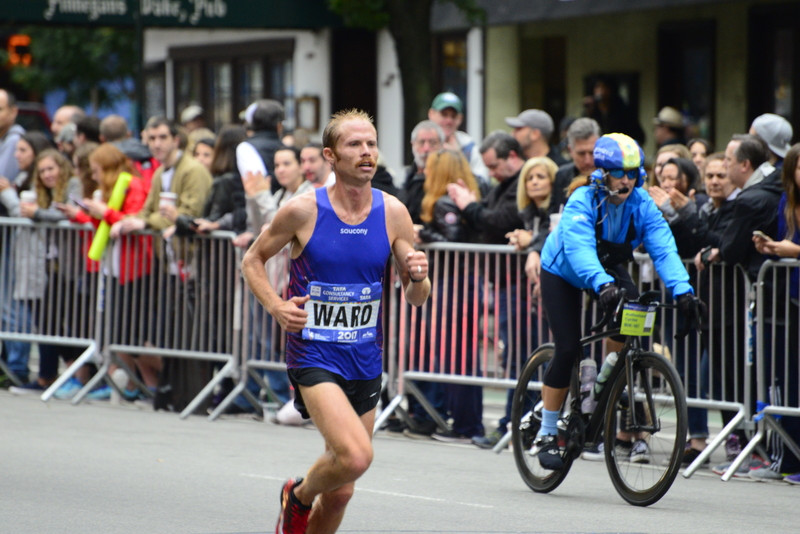Running
Welcome and thanks for visiting...

Improve Your Racing by Improving Your Racecraft

Athletes are always looking for ways to boost their performance, and as runners, we are no different.
Whether it is working towards a personal best or even enjoying the experience better, runners are always striving to do better in the next race than they did in the last one.
The easiest way to do that, of course, is to focus on things such as consistent training, nutrition, and hydration. All those variables will help in future races, but here’s another one: your racecraft.
In auto racing parlance, the term racecraft refers to the combination of a driver’s ability, knowledge, and decision-making. Runners may not be driving a highly sophisticated race car at 200 miles per hour, but the comparison is very much the same. How we combine all those factors is what makes or breaks our races.
Here are a few tips to develop your running racecraft:
Define Your Biggest “Miss”
When a golfer schedules a lesson with a teaching professional, one of the questions the pro may ask is for the player to describe their most common “miss.” When they hit a less-than-optimal shot, what is usually the result? Does the ball go to the left or the right? Does it not go as far? When a professional has that information, he is better able to adjust a golfer’s swing to create a more consistent result.
Think about your most recent races, and analyze what might be your biggest miss. Is it your pre-race routine? Maybe you haven’t found the best race-day fueling combination, or you always seem to forget something on your way out the door, which might cause stress and affect your race. If that’s the case, find ways to set up your routine so that you head to the starting line with a clear mind.
Do you have the tendency to go out fast, or is there a type of terrain, such as uphills or downhills, that affects your performance? Maybe think about lining up a little further back in the pack and commit to a slower pace to start out, or make adjustments to your training to make up for some deficits.
Figuring out what affects your race is one way to get to a better race performance.
Learn the Course, of Course

The next time you register for a race, take the time to check out the course on the race’s website. Figure out where you need to be on the street to prepare for the next corner or when an elevation change is coming so you aren’t surprised.
One of the most important things is to find the course’s tangents, which is the line that is closest to the corners at each turn. The shortest way around any course is the line at which it was measured. At some big races, such as a marathon major, the course is marked with a line of paint on the pavement, which is a big help.
Of course, that’s probably not available at your local event, so figure out where you need to be anytime the course changes direction to take the best line possible.
For example, if you take a standard 400-meter track from the starting line Lane 1, it measures exactly 400 meters. But move out to Lane 8, and from that same starting line, it measures almost 54 meters longer. That's a big difference.
Think about a race where you weren’t familiar with the course and ran the long way around corners or weren’t sure exactly where to go. Suddenly, the race isn’t a 5K, a half-marathon, or a marathon. It’s a lot longer. Not only does it add distance – and with that, more time – it also burns more energy. The longer a race goes, the more energy you burn, which affects performance.
The shortest distance between two points is a straight line. Find that line to shave time off your next race.
Commit to the Split
One of the biggest misconceptions in racing is that it’s possible to “bank” time. That is, run fast splits in the beginning and put time in the “bank” to make up for the inevitable slowdown later in the race.
The only problem is that it’s not really the optimal way to race.
Jared Ward, who owns a 2:09:25 personal best for the marathon and competed in the event at the 2016 Olympics, is not only an elite runner but a mathematician professor at Brigham Young University. In compiling his master’s thesis, he analyzed statistical data and came up with the theory that elite runners are better at pacing because their splits are more consistent, whereas less experienced runners tend to start out too fast and slow down as the race progresses.
Think about driving your car; when does it get its best mileage? In the city or the highway? The highway, of course, where speeds are more consistent, and the engine works more efficiently. Staying steady from the beginning of the race is the best way to run.
The next time you line up, flip your script. Determine your average pace based on your goal time and commit to running that pace consistently and in control. Make your last mile your best mile!

Never Stop Learning
In November 2020, Chris Nikic became the first person with Down syndrome to complete an Ironman triathlon. Since then, he’s also run the Boston, New York, and Chicago marathons while becoming an author, speaker, and advocate. Nikic bases his training on the “1% Better” method, meaning that each time he does something, he wants to be one percent better than the time before.
Take that same attitude and apply it to your racecraft. Each time you toe the line, try and improve on one thing or learn one new thing about yourself or how you race. It could relate to one of the tips above or something else, but always try and find a way to learn something that you can apply to the next race.
Just like your last mile should always be your best mile, your next race should always be your best race!







